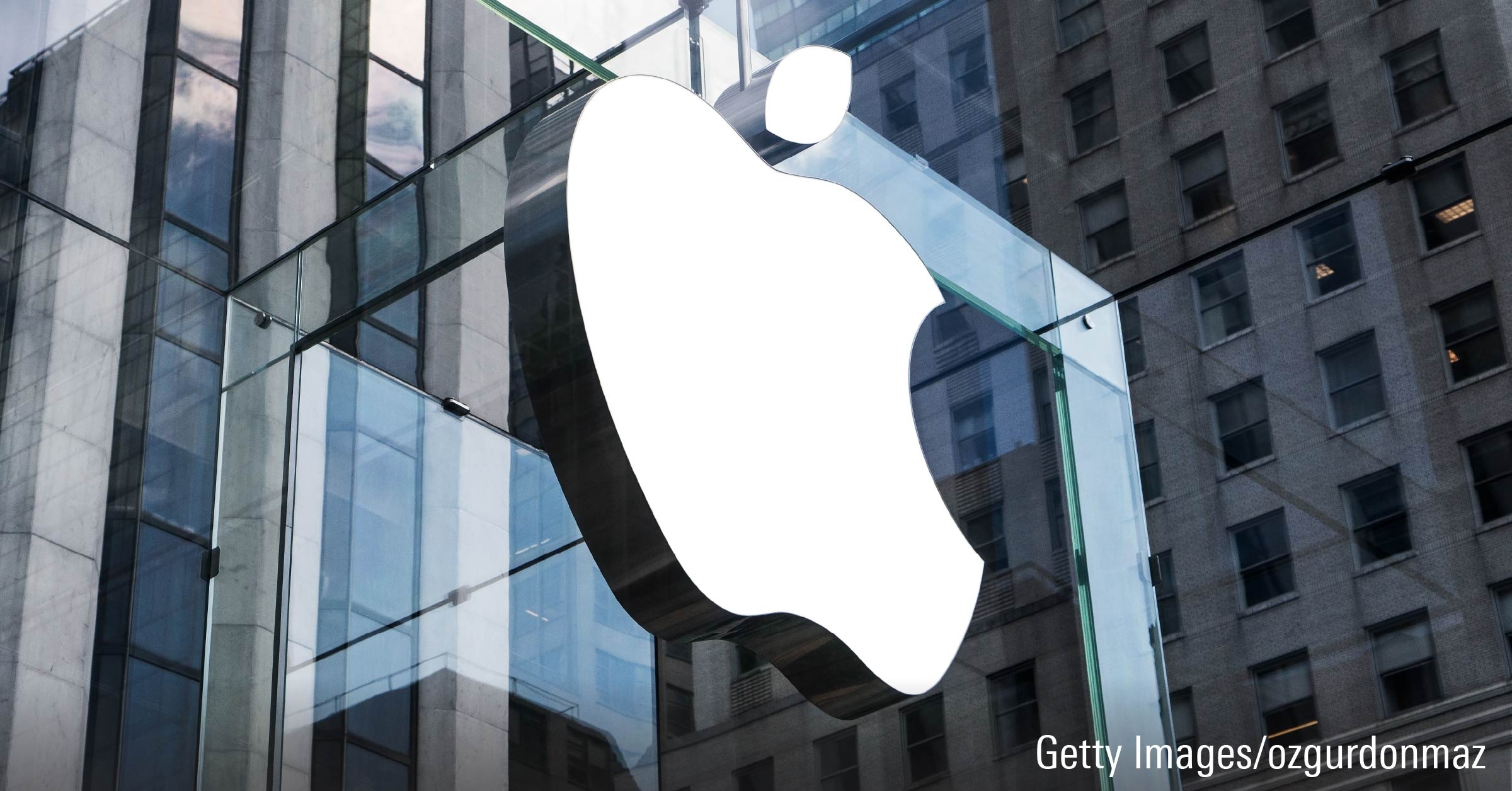Often ideas don’t work as well in practice as theory would suggest. In the investment world that is often due to differences between how investment ideas are formulated in theory and how they are put into practice. Many rules-based investment strategies claim heritage to independent academic research demonstrating that certain factors like value, profitability, momentum, and small size have been associated with higher expected returns. But there are critical differences between the way academic researchers have documented those factors and how investment managers design actual strategies. These adjustments are often necessary to mitigate transaction costs and increase capacity, but they can prevent a strategy from fully capturing the returns shown in the academic literature.
A review of the commonly accepted formulation of the value factor that Eugene Fama and Ken French popularized in their 1992 paper, “The Cross-Section of Expected Stock Returns,” will help illuminate these differences. In deriving their version of the value factor, the pair begins with a universe representing all stocks listed on the New York Stock Exchange, Nasdaq, and American Stock Exchange. Stocks with market capitalizations lower than the median stock on the NYSE go into the small-cap group, while those above this threshold go into the large-cap group. Fama and French rank the stocks in each size group once a year in June by their book/price ratios at the end of December. Those in the top 30% (by count) are allocated to the small- and large-value buckets, while the bottom 30% go into the growth buckets, as Exhibit 1 illustrates. Stocks in each bucket are weighted by market capitalization. The value factor is calculated as the average return on the two value portfolios minus the average return on the two growth portfolios.
.png)
Because the value factor gives equal weightings to the large and small portfolios, it over-represents small-cap stocks, which have historically offered the biggest value premium. It also overweights value stocks, because stocks that represent the cheapest 30% of the market by count tend to have a smaller aggregate market capitalization than the most expensive 30%.
Lost in Translation?
The approach that most value and growth indexes apply is a clear departure from Fama and French’s formulation. For example, the Russell 1000 Value and Russell 1000 Growth indexes use market capitalization (rather than stock count) to set the thresholds for value and growth. In this case, both indexes target stocks representing about half of the Russell 1000 Index’s market capitalization. This illustrates a further point of difference from the academic factor: Most indexes don’t throw out stocks with moderate value and growth characteristics. And they don’t rely on stale valuation data.
These differences can help explain why the Russell 1000 Value Index only outpaced the Russell 1000 Growth Index by 1.10% annually from January 1979 through October 2016, while the Fama-French value factor returned 2.95% annually. A regression analysis of the value index reveals that it captured about 40% of the returns from the value factor over this span, controlling for the index’s exposure to market risk, size, and momentum. Because the value factor (as with the other academic factors mentioned here) is constructed as the return on a long-short portfolio, it would be unusual for a broadly diversified long-only fund to capture most of this factor’s return.
The Russell 2000 Value Index had a better run against its growth counterpart. From January 1979 through October 2016, it outpaced the Russell 2000 Growth Index by about 3.5% annualized. However, a regression analysis shows that it still only captured about 48% of the academic value factor’s returns. Differences in exposure to the market risk, size, and profitability factors help explain the remaining return gap.
It is even more challenging to get strong exposure to the profitability factor documented in the academic literature because there aren’t any index funds that explicitly target stocks with high profitability. Instead, profitability is lumped into some quality-themed indexes, like the MSCI USA Sector Neutral Quality Index. This index targets large- and mid-cap stocks with high returns on equity (a measure of profitability), low debt/capital ratios, and low variability in earnings growth over the past five years, all relative to their sector peers.
The academic profitability factor takes a very different approach. Fama and French constructed it following the same steps they used for the value factor, but in-stead of ranking and sorting stocks by book/price, they use a measure of operating profitability scaled by book value. It is calculated as follows: (Revenue – Cost of Goods Sold – Selling General & Administrative Expenses – Interest Expense)/Book Value. As with the value factor, this is defined as a long-short portfolio that excludes stocks with middling style (profitability) characteristics and gives equal weight to the small- and large-cap portfolios. And it does not make any sector-relative adjustments.
Because of their differences, the MSCI quality index only captured 21% of the profitability factor’s 3.1% annualized return from the index’s back-dated inception in November 1998 through October 2016, after controlling for its other style tilts. This exposure explained the bulk of the index’s 77-basis-point annual return advantage over the Russell 1000 Index. The quality index’s low capture of the profitability factor isn’t necessarily bad because the factor was never designed to be an investable portfolio. This modest tilt should still help performance over the long term. But it probably won’t allow the quality index to generate anywhere near the academic factor’s magnitude of outperformance. So, it is important to avoid anchoring on the performance of the academic factor.
Momentum
Of the commonly accepted factors, momentum has historically offered the highest returns, yet it is the hardest to effectively put into practice. That’s because it requires high turnover, which can translate into high transaction costs that can erode returns. Even some of the most-efficient traders, like AQR, can have trouble profiting from momentum. For example, AQR Large Cap Momentum Style (AMOMX, listed in the U.S.) lagged the Russell 1000 Index by 67 basis points annually from August 2009 through October 2016, while the annual premium for the academic momentum factor was 2.05%.
This academic factor is constructed in the same way as the value and profitability factors, however, the sorts are done on prior returns over the past 12 months, excluding the most recent one (to account for a short-term reversal over that period). The factor portfolio is refreshed every month. It does not reflect transaction costs.
Of course, transaction costs do matter, and AQR Large Cap Momentum Style is built to reflect that reality. It starts with the 1,000 largest U.S. stocks and ranks them on three metrics. These include the same prior return metric the academic factor uses; residual returns after controlling for market sensitivity, size, and value characteristics; and excess returns around earnings announcements over the past 12 months. The fund targets stocks ranking in the highest third of the universe and weights them according to both their market capitalization and relative momentum. But it uses the average of the model weightings over the past few months to smooth out turnover. And rather than blindly adopting this target portfolio, the managers balance estimated transaction costs against the benefits of trading. Where the estimated costs exceed the benefits, the managers refrain from trading.
With these adjustments, the fund still managed to capture 30% of the momentum factor’s returns, based on a regression analysis. So, its momentum tilt contributed about 62 basis points to its annual return. But it underperformed after controlling for its market, size, value, and momentum exposures. While this is partially due to the fund’s expense ratio and transaction costs, most of the underperformance is likely attributable to differences between how the fund and academic factor are constructed.
That said, some of the adjustments still helped. The fund outpaced the more simply constructed AQR Large Cap Momentum Index by 91 basis points annualized from August 2009 through October 2016. This benchmark exclusively uses the same prior return metric as the academic momentum factor to target stocks ranking in the top third of the large-cap universe. It refreshes once a quarter and weights its holdings by market capitalization. This example demonstrates that the success of an academic factor doesn’t always translate into superior investment performance, even when a fund is well-constructed.
Look Beyond Hypothetical Performance
The fund sponsors and index providers behind rules-based factor strategies are quick to point to proprietary back-tests that show that their practical approaches can still lead to strong outperformance. But such back-tests are often the product of data mining (testing many things to obtain a desired result) that may not work as well in the future. While data mining is also a problem in academia, academic research is generally subject to more rigorous scrutiny than industry research. Each of the factors discussed here—value, momentum, and profitability—has been tested out of sample and has solid economic theory behind it. Funds with positive exposure to these factors should benefit from those tilts over time, though they probably won’t capture the same magnitude of outperformance.






.png)










